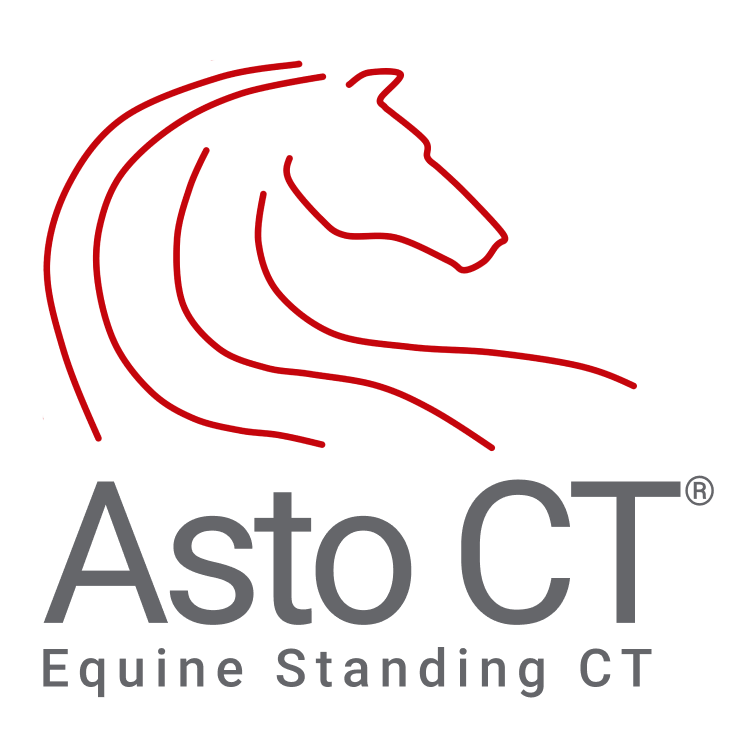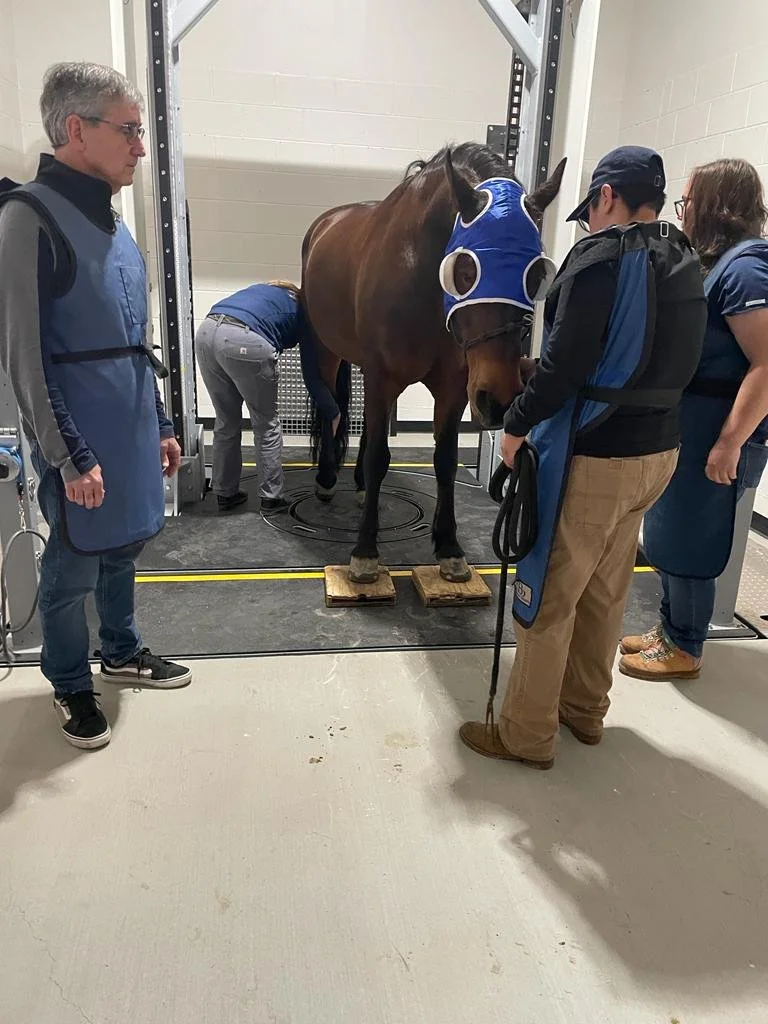Wisconsin Equine Clinic & Hospital (WECH), a leading equine medical center renowned for its commitment to comprehensive equine care, announces an exciting partnership with Asto CT to introduce cutting-edge Computed Tomography (CT) to its practice.
Read MoreThe Asto CT Best Scans of the Year Awards is an annual event that recognizes the outstanding contributions of veterinary professionals in the field of computed tomography (CT) scans. This year's results showcase remarkable achievements in 3D scans, head scans, limb scans, and soft tissue filter scans.
Read MoreThe most remarkable achievement is that in the three years following the implementation of mandatory CT scans, there have been zero catastrophic injuries at the Melbourne Cup. This is a stark contrast to the pre-screening era…
Read MoreIn a landmark advancement for equine healthcare, Sharjah Equine Hospital proudly announces the installation of the cutting-edge Asto Equina® CT scanner. This innovative technology, the first of its kind in the region, will significantly transform the diagnostic capabilities and treatment approaches for horses.
Read MoreIn the realm of equine veterinary medicine, a dedicated group of professionals plays a vital role in caring for horses. Among them is Shannon Vesledahl B.S, CVT, an exceptional Equine Vet Tech from the University of Minnesota.
Read MoreThe successful integration of equine standing CT into veterinary practice requires careful planning and preparation. Here are key steps to consider when implementing this technology:
Read MoreA new tool, Equina® (Asto CT, Middleton, WI), has been developed and specifically designed for a veterinarian to safely image a sedated standing horse in a natural load-bearing position solving some of the key barriers to equine CT imaging. In this paper, we provide a brief description of the key features of the Equina® system and describe how it can move us into a new equine standard-of-care.
Read MoreThe use of this advanced veterinary technology for early detection and management of musculoskeletal injuries can move us towards a new standard of care for Thoroughbred racehorses. In this paper, we provide a brief description of the key features of the Equina® system, and its use in pre-race screening.
Read MoreIn the heart of the Midwest stands the University of Missouri Veterinary Health Center (Columbia, MO), known for its state-of-the-art facilities and high levels of care. They have increased their capabilities further with the installation of an equine standing CT (Computed Tomography) scanner.
Read MoreHorley, UK – Asto CT Inc. is excited to announce the continued growth of their Equina standing, computed tomography (CT) scanner in the UK market.
Read More“The Equina® is one of the most innovative, advanced imaging devices available for veterinary medicine. We can scan front or back limb pairs, or the head/neck of a standing horse under light sedation, allowing the patient to be in and out in just minutes with minimal stress and risk.”
Read More"The trouble is, of course, you can't see it; these horses (at risk) look fine, they won't give any hint there's a problem lurking there. So, that's why we need some form of screening. Imaging with CT is probably what's required to get the images to show the trainer."
Read More”A major advantage of the Equina standing CT scanner is that it images limb pairs. This allows the horse to stand naturally with minimal positioning involved. Veterinarians can then compare both limbs [affected and unaffected] to find the cause for lameness.”
Read MoreOne of the leading private equine practices in Texas, Equine Sports Medicine & Surgery (ESMS), has installed the first equine standing CT (Computed Tomography) scanner in the state. ESMS, which has one of the highest volumes of equine cases in the United States, is excited to add the Asto CT Equina® scanner to their full-service suite of equine veterinary services to improve patient outcomes and welfare.
Read MoreOn top of that, there were no true equine CT scanners on the market, and most clinicians had to be content with using what amounted to a human machine that was repurposed for equine use. But what if there was a better way? Why settle for only ‘good enough’?
Read MoreWe went through our archives to display the five most common limb injuries and diseases identified by the Equina. The 1st most common limb issue identified by the Equina is Navicular Syndrome….
Read MoreImaging with computed tomography (CT) has become increasingly advanced in recent years and has become the gold standard diagnostic for dental disease and other conditions involving the skull.
Read More

















